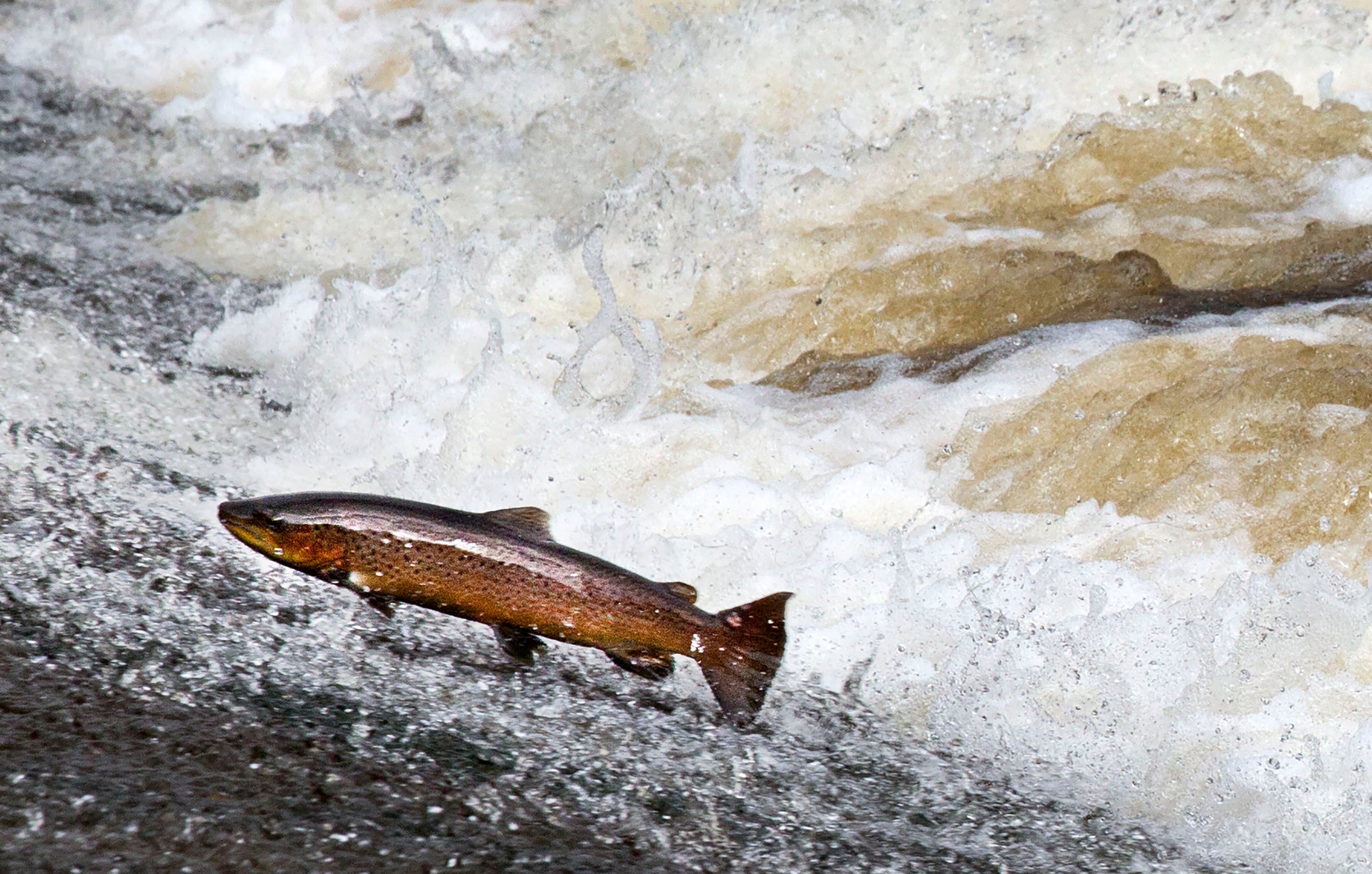Strategy to save Scotland’s salmon from ‘crisis point’ is launched
The number of fish returning to the country’s rivers and steams to spawn has dropped since 2010.

Your support helps us to tell the story
From reproductive rights to climate change to Big Tech, The Independent is on the ground when the story is developing. Whether it's investigating the financials of Elon Musk's pro-Trump PAC or producing our latest documentary, 'The A Word', which shines a light on the American women fighting for reproductive rights, we know how important it is to parse out the facts from the messaging.
At such a critical moment in US history, we need reporters on the ground. Your donation allows us to keep sending journalists to speak to both sides of the story.
The Independent is trusted by Americans across the entire political spectrum. And unlike many other quality news outlets, we choose not to lock Americans out of our reporting and analysis with paywalls. We believe quality journalism should be available to everyone, paid for by those who can afford it.
Your support makes all the difference.The number of salmon returning to Scotland’s coast has dropped, a report has said, and the Government aims to buck the trend and bring the species back from “crisis point”.
The Scottish Government launched its Scottish Wild Salmon Strategy on Friday in a bid to turn around the fish’s fortunes, and hopes the country’s wild Atlantic salmon will once again flourish.
Mairi Gougeon, rural affairs secretary, said: “There is significant evidence showing that populations of Atlantic salmon are at crisis point and we must reinvigorate our collective efforts to ensure a positive future for the species.”
Scotland is a stronghold for salmon, the strategy said, with the fish starting their lives in the country’s streams and rivers before migrating to the high seas to grow and return home to spawn.
But the number of salmon returning to Scotland’s coast has fallen, and the estimated number of spawning salmon has declined from 2010 onwards.
Ms Gougeon said: “Although the pattern of decline is repeated across the salmon’s North Atlantic range, with climate change a significant factor, there remains much that we can do in our rivers, lochs and coastal waters to seek to build resilience and transform the fortunes of this iconic fish.”
The Government paper said the lifecycle of the fish meant they were exposed to a range of threats and pressures in streams, rivers, sea lochs, estuaries, coastal waters and the open ocean.
The strategy focuses on five priority areas for action, including: improving the condition of rivers; managing exploitation, including the effectiveness of deterrents to poachers; understanding and mitigating pressures that salmon face; international collaboration; and developing a modernised policy framework.
The Scottish Government said the strategy also signalled an increase in efforts to build resilience of salmon stocks in the country.
The minister added: “In addition to the measures we will take in Scotland, we are committed to supporting and pushing forward collective action in the international arena, so the young salmon leaving our rivers survive the many challenges they face on the high seas to return to their home river to spawn the next generation.
“Only by acting together, at home and overseas, and applying our collective resource, knowledge and expertise, can we hope to change the fortunes of this iconic and vital species.”